 Tha brataichean beaga anns an lios agam. Tha na brataichean beaga a tha seo ann airson sealltainn gu bheil rudan ann nach fhaic thu. Agus ‘s ann mar sin a tha daoine cuideachd, tha rudan ann nach fhaic thu. Chan eil mi air facal fhaicinn anns a’ Ghàidhlig airson ‘neurodiversity’ ach ‘s e facal gu math ùr anns a’ Bheurla cuideachd. Tha am faclair Merriam Webster ag ràdh gur ann ann an 1998 a bha am facal air a chleachdadh airson a’ chiad uair. (https://www.merriamwebster.com/dictionary/neurodiversity 3 Mhàrt 2021) ‘S dòcha gun cleachd sinn niùro-iomadachd a stèidhichte air am facal bith-iomadachd (biodiversity). Ach, dè tha niùro-iomadachd a’ ciallachadh co-dhiu? Air ais gu Merriam Webster, “individual differences in brain functioning regarded as normal variations within the human population” (https://www.merriam-webster.com/dictionary/neurodiversity, 3 Mhàrt 2021). Tha na diofaran seo a’ gabhail a-steach rudan mar Mì-rianan Speactram Autism, ADHD, dyslexia, Tourette's, synesthesia, is eile ( https://www.psychologytoday.com/us/basics/neurodiversity , 3 Mhàrt 2021). Tha am facail niùro-iomadachd a’ ciallachadh cuideachd a bith smaoineachadh air na diofaran seo mar diofaran nàdarra an àite rudan a tha ceàrr le duine agus spèis a toirt do luchd-niùiro-ionmadach. ‘S e neach niùro-iomadach a th’ annam. Tha dyslexia, ADHD agus synesthesia agam. Bidh mi a’cleachdadh agam an àite orm oir ‘s e diofaran maireannach a th’ annta. ‘S e synesthesia am fear as spòrsaile dhiubh. Tha synesthesia a’ ciallachadh gum bidh na diofar pàirtean den eanchainn ceangailte ann an dòigh eadar-dhealaichte. Dhòmhsa tha sin a’ ciallach gu bheil dath agam airson gach litir agus gach àireamh ach tha diofar seòrsaichean de synesthesia ann. Airson tuilleadh fios cuir sùil air an artaigil seo bho Britannica: https://www.britannica.com/science/synesthesia Tha an fheadhainn eile rud beag nas doirbhe. ‘S e ‘doille-fhaclan’ am facal a tha ri fhaighinn anns an fhaclair airson dyslexia, ach cha chleachd mi e. Chan ann an sin ach eadar-theangachadh de seann ainm Beurla. Cha bhith daoine a’ cleachdadh an t-ainm sin anns a’ Bheurla a chionns nach eil e freagarrach, agus a chionn s gu bheil e seann fhasanta agus tuilleadh ‘s ro shìmplidh. ‘S e duilgheadas le litreachadh, sgrìobhadh agus leughadh a th’ ann an dyslexia. Chan eil dyslexia a’ ciallachadh gu bheil duine neo-gheur, no leisg. Bidh mòran cloinne aig a bheil dyslexia a’ sgrìobhadh litrichean an doigh cearr, no a measgachadh litrichean gu h-àraidh b,d,p,q (‘s e an aon cruth a th’ annta). Tha duilgheadasan ann le leughadh cuideachd, mar a’ leughadh glè slaodach agus duilgheadas ann a bhith a’ tuigsinn na leugh iad. Gu math tric bidh na duilgheadasan seo a toirt air fèin-luach na cloinne a’ tuiteam. Agus chan eil clann a-mhàin aig a bheil dyslexia, bidh na duilgheadasan aig daoine fad na beatha, ach bidh daoine a’ fàs nas fheàrr air a bhith a’ dèiligeadh riutha. ‘S e dyslexia a’ chiad rud a’ mhothaich mo phàrantan. ‘S e sgoilear gu math deònach a bh’ annam aig toiseach 1st grade (P2 ann an Alba, grade 1 ann an Canada) ach as dèidh greis bha an tidsear ag ràdhainn nach robh mi airson ionnsachadh agus gu robh ‘attitude problems’ agam. Tha litreachadh fhathast doirbh dhomh, eadhan faclan a tha gu math cumanta. Ma bhios mi a’ litreachadh facal gu tric bidh mi a’ fàs nas fheàrr ach ma stadas mi airson greis bidh e a’ falbh. Uaireannan ged a bhios mi a’ litreachadh facal tric bidh e a’ falbh. Bha seachdain ann nuair nach b’ urrainn dhomh am facal ‘circle’ a’ litreachadh idir idir ge bith dè rinn mi. Ach abair gu bheil mi math air a bhith nam co-fhaclair beò! (tha daonnan facal ann leis an aon ciall a tha nas fhasa ri litreachadh). Agus tha litreachadh Gàidhlig gu math nas fhasa dhomh na litreachadh Beurla. Airson barrachd fios air dyslexia coimhead air seo https://www.mayoclinic.org/diseases-conditions/dyslexia/symptoms-causes/syc-20353552 (An do mhothaich sibh gu bheil an artaigil seo ag rath gur e ‘disease’ a th’ ann an dyslexia. ‘S e aon de na amasan aig am facal niùro-iomadachd agus na daoine a bhios ga cleachdadh a bhith a’ tionndaidh bho smaoineachadh air na rudan seo mar tinneas gu smaoineachadh orra mar dòigh eile a bhith).
Ach dè th’ ann? Tha Psycology Today ag ràdh: “Attention-deficit/hyperactivity disorder (previously known as attention deficit disorder or ADD) is a neurobehavioral disorder characterized by core symptoms of inattentiveness, distractibility, hyperactivity, and impulsivity.” (https://www.psychologytoday.com/us/basics/adhd 6 Màrt 2021). Cuideachd, tha duilgheadasan le foincsean-ghìomha (executive fuction) aig mòran aig a bheil ADHD. Tha sin mar duilgheadasan le planadh, riaghlachadh-faireachail (emotional regulation), co-dhùnaidhean a dhèanamh agus cuimhne-obrach ( working memory). Dìreach mar dyslexia chan e clann a-mhàin aig a bheil ADHD. Mar mi fhìn tha barrachd air aon duileadas aig mòran luchd-niùro-iomadach. Tha iomagaineachd agus fèin-luach ìosal gu math cumanta am measg luchd-niùro-iomadach cuideachd. Ach leis na goireasan agus sgilean ceart bidh luchd niùro-iomadach gu math soirbheachail. Tha dà rud agam ri ràdh anns an dealachadh. A H-AON: Tha e comasach do luchd niùro-iomadach Gàidhlig ionnsachadh agus tha fàilte chridheil orra aig Gàidhlig Gàch Latha. A DHÀ: Aon den na goireasan a tha a dhìth anns a’ Ghàidhlig ‘s e briathachas niùro-iomadachd. Ciamar a ‘s urrainn do duine a chuideachadh luchd niùro-iomadach gun na faclan ceart a bhith aca agus an aon rud le luchd niùro-iomadach fhèin. ‘S e fèin-eòlas rud gu math feumail dhaibhsan agus tha an còmhradh mu niùro-iomdachd glè cudromach. Tha mi an dòchas gum bi còmhradh ann agus gum faigh clann agus inbhich niùro-iomadachd an taic agus an tuigse a tha a dhìth orra. Anns a' Bheurla:There are little flags flying in my yard. These little flags are there to show that there are things unseen. And it is like that with people - we are all composed of invisible pieces. I have not seen a Gaelic word for ‘neurodiversity’’, but it is a new word in English as well. Merriam Webster says it was first used in 1998. Perhaps we should employ “niùro-iomadachd” which is based on the Gaelic word “bidh-iomadachd” (life-diversity, plentiness) for biodiversity. https://www.merriam-webster.com/dictionary/neurodiversity
But what does neurodiversity mean anyway? Back to Merriam Webster, where it says “individual differences in brain functioning regarded as normal variations within the human population”. These differences include examples such as Autism Spectrum Disorder, ADHD, dyslexia, Tourette’s, synesthesia and others. The term neurodiversity also has the added meaning that these are natural differences as opposed to defects or that there is somehow something ‘wrong’ with you, and thus more respectful to neurodiverse people. I am neurodiverse. I have dyslexia, ADHD and synesthesia. I say I have rather than I suffer from ADHD etc because these are permanent differences. Synesthesia is the most enjoyable of these differences. It means that some parts of the brain are linked in different ways. For me, this manifests as particular colours being associated with each letter and number, but there are many different types of synesthesia. For more info, see this article from Britannia. The other ones are more difficult for me. Doille-fhaclan or ‘word-blindness’ is the word found in Gaelic dictionaries for dyslexia., but I do not use it. It is at any rate only a literal translation of an antiquated English term for dyslexia. People no longer use that word in English since it isn’t accurate, outdated and oversimplified. Dyslexia is the difficulty with spelling, writing and reading. It does not mean that someone is dull or lazy. Many children with dyslexia write letters backwards, or often get letters mixed up particularly with b,d,p,q as they share the same shape. There are challenges with reading as well, such as reading very slowly or having difficulty comprehending what was read. Often these struggles can cause a child’s self-esteem to drop. And it isn’t only children with dyslexia, these challenges remain with people throughout their lives though they get better at dealing with them. Dyslexia was the first thing my parents noticed. I was a keen student at the start of grade 1, but after a while the teacher said I didn’t want to learn and that I had attitude problems. Spelling is still difficult for me, even words that are fairly common. If I spell a word frequently it is better but if I stop for a while it often leaves me. Sometimes even though I spell a word often it eludes me. There was a week wherein I could not spell ‘circle’ no matter what I did. But I am a walking thesaurus - every word has a synonym that is easier to spell! And Gaelic spelling is easier for me than English. For more information on dyslexia see: https://www.mayoclinic.org/diseases-conditions/dyslexia/symptoms-causes/syc-20353552 (Did you notice that the article refers to dyslexia as a disease? One of the aims of promoting the use of the word ‘neurodiversity’ is to help make the change from the unhealthy view that neurodiversity is a sickness to a healthier approach where these differences are simply viewed as different ways of being. ) Now, ADHD. Why not start with the name. The initialism ADHD stands for the English Attention Deficit Hyperactive Disorder. ADD used to be the terminology but these days it is just ADHD. In any case, neither of them are particularly appropriate and there are no words for it in Gaelic. But what is it? Psychology Today says: “Attention-deficit/hyperactivity disorder (previously known as attention deficit disorder or ADD) is a neurobehavioral disorder characterized by core symptoms of inattentiveness, distractibility, hyperactivity, and impulsivity.” Also, many people with ADHD struggle with executive function. This manifests as difficulty in planning, decision-making and working memory. Just as with dyslexia it is not only children who have ADHD. As with my own example, most neurodiverse people face more than one challenge. Anxiety and low self-esteem are common among the neurodiverse as well. But with skills and resources neurodiverse people are quite successful. I have two things to say in closing. One: neurodivergent people can learn Gaelic and there is a warm welcome for them at Gaidhlig Gach Latha/Daily Gaelic. And two: one of the resources lacking is Gaelic terminology for neuroversity. How can we help neurodiverse people without the right words? How can they help themselves if they don’t have the nomenclature? Self knowledge is an important topic to them, as is the conversation on neurodiversity itself. I hope that the conversation takes place and that neurodiverse people can get support and understanding.
0 Comments
You have studied all the phonics and have been working hard on learning words and grammar but you feel like your pronunciation could be improved. Well here are three tips that are simple but can make a lot of difference.
1. Is you emPHAsis on the wrong syllABLE? Emphasis can seem like a little thing but it can make a lot of difference to how a word sounds. In Scottish Gaelic the emphasis is almost always on the first syllable. Here are some examples: agam ---> AGam ionnsachadh --->IONNsachadh madainn -----> MADainn As with any rule there are a few exceptions. Words that have an accent in another syllable will have the emphasis on the accented syllable i.e. buntàta. Words that are barrowed from other languages may have different emphasis as well. The last main exception are words that used to be two words such as airson, which used to be air son. 2. Voiced and unvoiced letters There are some sounds that use the same mouth shape but make two different sounds depending on whether or not you use your voice. These are called voiced/unvoiced letter pairs. There are three of them in Scottish Gaelic: voiced unvoiced D T G C B P In Scottish Gaelic if the voiced letter is the first letter in the word it will make its proper voiced sound. However if it is in the middle or the end of the word it will most likely change to the unvoiced version. Here are some examples: agad sounds like akat leabaidh sounds like leapaidh madainn sounds like matainn A lot of the unvoiced D's in the middle and ends of words in old spelling have been changed to T's in new spelling. Such as èisd/èist, an-dràsda/ an-dràsta. So depending on when and where the Gaelic you are reading was written there will bi more or less of these voiced/unvoiced letters. 3. Those crazy double letters There are three letter that double in Gaelic, L, N,R. You may recognize this gang of letters as they hang out together a lot. When one of these letters doubles it makes a change to the vowel next to it. These sound changes are really important because they often make the difference between one word and another. Here are some examples: sin sounds like shin sinn sound like sheen an sounds like an (ie English an apple) ann sounds like awn tòl sounds like toll (English) toll sounds like tawl The first four examples there are things you will likely use in daily conversation and getting them right can go a long way toward making your Gaelic sound good. I've been thinking and thinking about ways to help you learn Gaelic. I have been wondering how I can use my creative skills to make learning fun. Here is one of the ways I have thought of: Coloring sheets. Here is one I made about breakfast words. Have fun coloring it in and please share pictures of your finished work on our Facebook page
here are some fun things to look at and think aboutThere is a lot of crossover in the sets of Gaelic vocabulary for body parts and landscapes/place names There are a few different ways of looking at definite articles in Gaelic (nominative) chart: flow chart all the choices How learning one word can help you learn lots of other words To English (and other language) speakers Gaelic can sometimes feel really difficult. Here are some of the reasons why.There are some very basic things that can throw beginners for a loop, most notably the verbs: They don't conjugate, they don't even seem to want to have anything to do with the subject of the sentence and there they are at the very beginning of the sentence! However most people adjust to this in a short amount of time. The fact that they tell you what kind of sentence it is going to be becomes a really great thing.
But then comes a sentence like '' Tha geansaidh gorm air mo mhac.'' and somebody is wanting you to tell them what that would be in English (or Spanish or French) and even though you could draw a picture, your brain gets all tangled up going from one language to another. Here is why: They subject and the object are switching places. Tha (verb) geansaidh gorm (subjec) air (preposition) mo mhac ( object) vs My son (subject) has (verb) a blue sweater(jumper) (object) on(preposition) As you can see the sweater is the subject in Gaelic but the object in English. Whereas my son is the subject in English but the object in Gaelic. This also happens every time you talk about people having stuff in Gaelic. Tha taigh agam = tha (verb) taigh (subject) agam (object) I have a house = I (subject) have (verb) a house ( object) So not only are the parts of the sentence in a different order, just due to language differences, but the nouns are being used differently as different parts of speech. One way around this is to 'see' the whole sentence as an image. You imagine your son in a blue sweater and that image is the meaning for both sentences. In this way you learn the whole sentence as a unit. This works really well for visual thinkers but doesn't work for everyone. Another way is to keep in mind a kind of weird intermediary of what the Gaelic would be literally in English. So, Is a sweater blue on my son. This is can be especially helpful when you are going from your primary language to Gaelic. It isn't something that you want to be doing mid conversation though as that extra step does slow things down. A good thing to do is just get lots of practice with these types of sentences because the more your brain sees the patterns that Gaelic is using to convey that information the less strange it seems and more easily it will take you smoothly between the two ways of saying it. Keep practicing, keep asking questions and have as much fun as possible! Reading big numbers can be very daunting especially in a language you are learning. However if you break it down it can be very manageable. Check out our youtube video for some pointers on how to read big numbers in Gaelic. The trick is to remember those place value lessons you had in elementary/primary school.
So you've mastered lenition and you are keeping an eye out for broad and slender vowels and you are feeling pretty good when along comes slenderisation!
"What" you exclaim, "I thought I knew about all the ways words change in Gaelic"! Slenderisation is a change that happens to the end of words (mostly nouns) in Gaelic. It happens in a few places, in the vocative case of male names, in some plurals, in many nouns in the genitive case, and historically in feminine nouns in the dative case*. "But what is it"?! Slenderisation is when the vowel before the last consonant in a word is changed to a slender vowel. If a word ends in a vowel or is already slender nothing changes. However, if the vowel before the last consonant is broad it will change. Here are some examples from each of the categories. vocative: Seumas ---> a Sheumais (James) Plural: bodach ---> bodaich (old man) Genitive: balach ---> balaich (boy) feminine dative: gainmheach ----> air a' ghainmhich (sand) As you can see many times you can just stick an i, especially if your word ends in -ach(bodach-->bodaich). If, like gainmheach it ends in -each you just change it to -ich. Likewise if your word ends in -adh it will change to -aidh and eadh will change to idh. However some times it is a bit more complicated. Here are a few more examples: cnoc ---> cnuic (plural) (hill) bòrd ----> bùird (genitive and plural)(table) ceòl -----> ciùil (genitive)(music) here you can see that o or ò will change to ui/ùi also noting that the e in ceòl changes to i. a can change in a lot of ways: cat ---->cait (genitive and plural)(cat) ràc ---> ràic (genitive)(rake) bàs---> bàis(genitive)(death) fàs--->fàis(genitive) (growth) cas ---->cois(dative) (foot) bas---> bòise(genitive) (palm of hand) mac ---> mic(genitive and plural) (son) falt ---->fuilt (genitive) (hair) However a/à---ai/ài is the most common. ia--->èi Niall ----> a Nèill (vocative) (Nial) grian ---> grèin(dative) (sun) ea-->ei Mìcheal---> a Mhìcheil (vocative) (Michael) each----> eich (genitive and plural) (horse) -ear--->ir fear----fir(genitive and plural) (man) eu--> èi/eòi eun---> eòin (genitive and plural) (bird) leug----> lèig(genitive) (gemstone) feur--->feòir (genitive and plural) (grass) io/ìo---> i/ì sìol--->sìl(genitive and plural) (seed) "Ok, but how do I know what to use?" So if you are looking for a genitive or a plural you can find them easily enough in a dictionary. If you are trying to figure out the vocative of a masculine name you will have to look at the list above and find which one matches your word best. The slenderisation of feminine nouns in the dative case seems to be something that a lot of people no longer do. But it does appear in some phrases and in older writen Gaelic. If you want to figure it out, again you'd have to look at the list and find the best match. There is a nice list of these changes in the Appendices (pg.193/194) of Scottish Gaelic in Three Months by Roibeard O Maolalaigh and Iain MacAonghuis published by Dorling Kindersley (1998 for the version I have) which I consulted in writing this blog post. Later editions of this book were published with the title of Scottish Gaelic in Twelve Weeks. We have been talking about some of the stronger characters in the Gaelic alphabet, this week we are going to look a weaker character; the letter F.
F only makes one sound regardless of whether it is broad or slender and that is the F sound we are used to in English. When it is lenited is looses all its sound, it just gives up and makes no sound at all. And, it will lenite at the drop of a had. Really f will lenite when no other letter will. Any word that has a lenited F in the front of it should be treated as if it begins with the letter that follows the lenited F. For feminine nouns that begin with F the definite article would like to be a' +lenition but when F lenites and the sound goes away that doesn't work anymore because you end up with two vowel sounds together, so the article changes to an + lenition. We have been talking about some of the strong characters in the Gaelic alphabet and S is another one of these. Though not as strong a lenition resister S will resist lenition is some cases and she is often grouped with T and D. She also will not lenite when she is hanging out with G,P,T (sg,sp,st). When she does lenite she makes a H sound. When combined with the definite article an t- her sound will be overridden by T and he will be broad or slender in relation to the vowel on the other side of the S. When broad she makes the normal S sound and when slender she makes the SH sound.
There is also a tendency in Gaelic to do pairs of words with opposite meanings where the words sound the same but one starts with S and the other with D. for example: saor=free/inexpensive daor=expensive As we mentioned last week D is the best friend of T. D is quite a complex character. He hangs out with T when broad but ventures off on his own to make a "J" sound when slender. Like T he is resistant to lenition but when he does he has a different best friend, G. In fact dh and gh make the same sounds both when broad and slender. When broad they make a sound that English it is as if a 'g' were made in the very back of the throat. When slender they act like an English 'y', like the 'y' in yellow at the beginning of a word, like the 'y' in monkey at the end. "idh' as a word ending is more common than 'igh' and is used for borrow words that end in the 'ee' sound and as the ending of independent (positive statement) verbs in the future tense.
|
Details
AuthorsCaroline has been involved with Gaelic for more than 18 years. She has degrees in Celtic Studies and Gaelic Medium Teaching. Archives
March 2021
Categories
All
|
||||||||
Proudly powered by Weebly

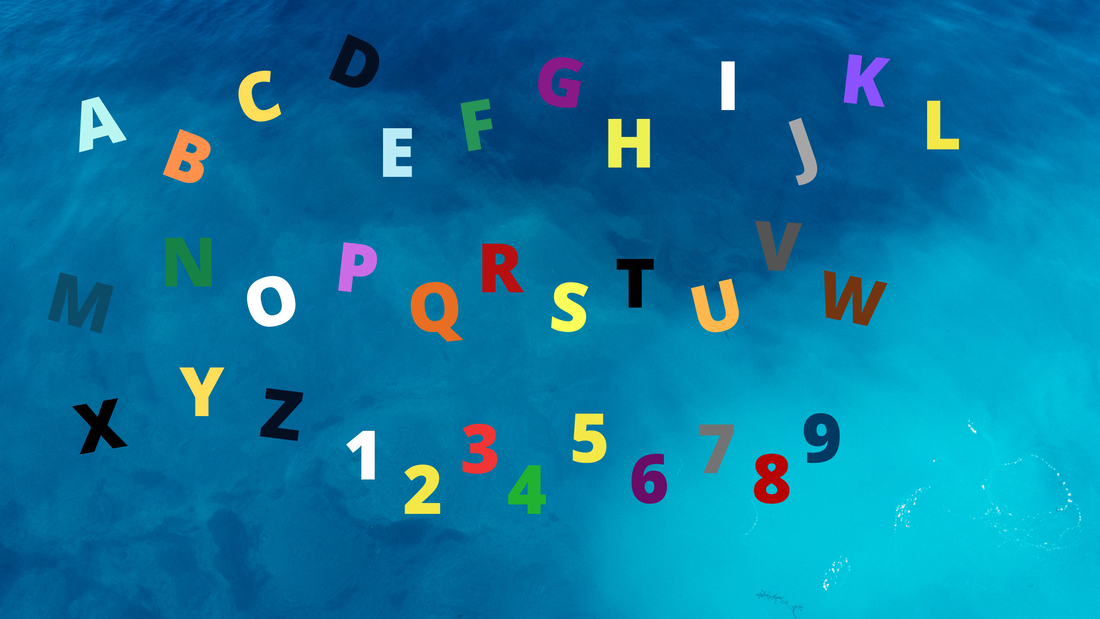
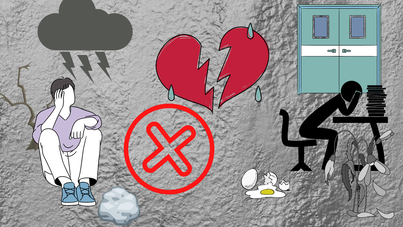
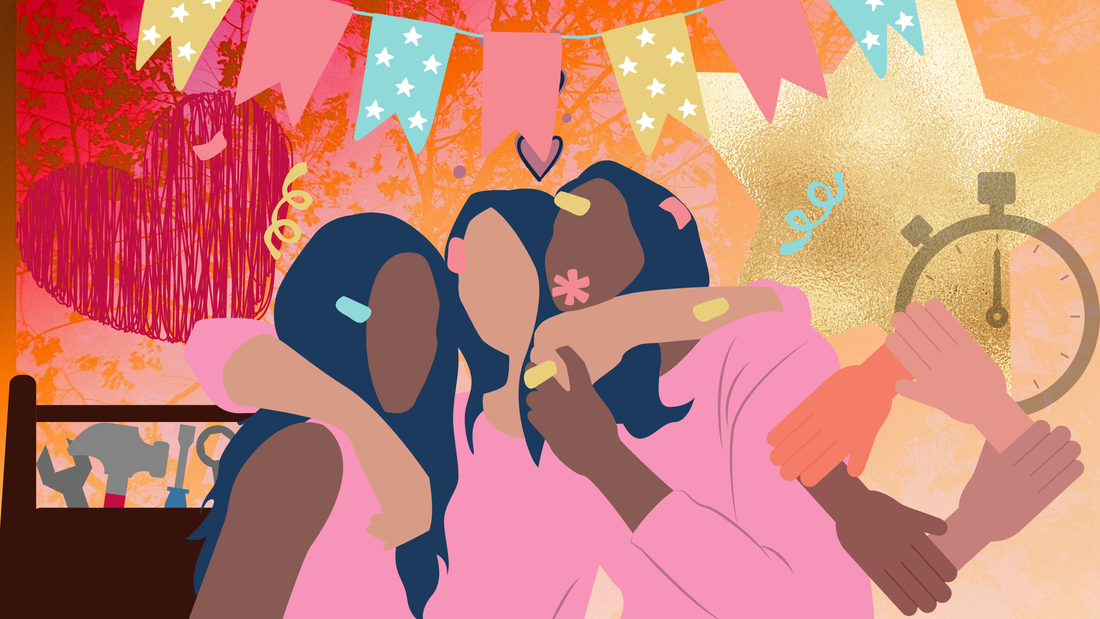
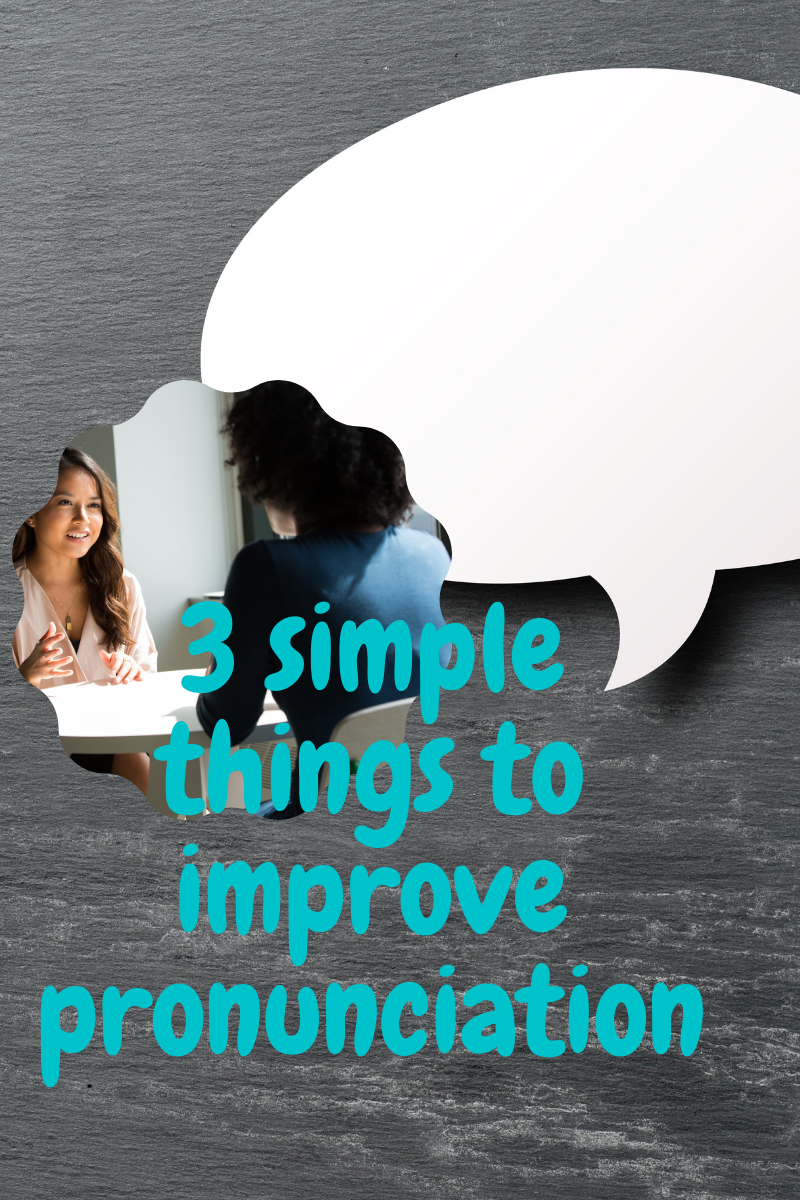

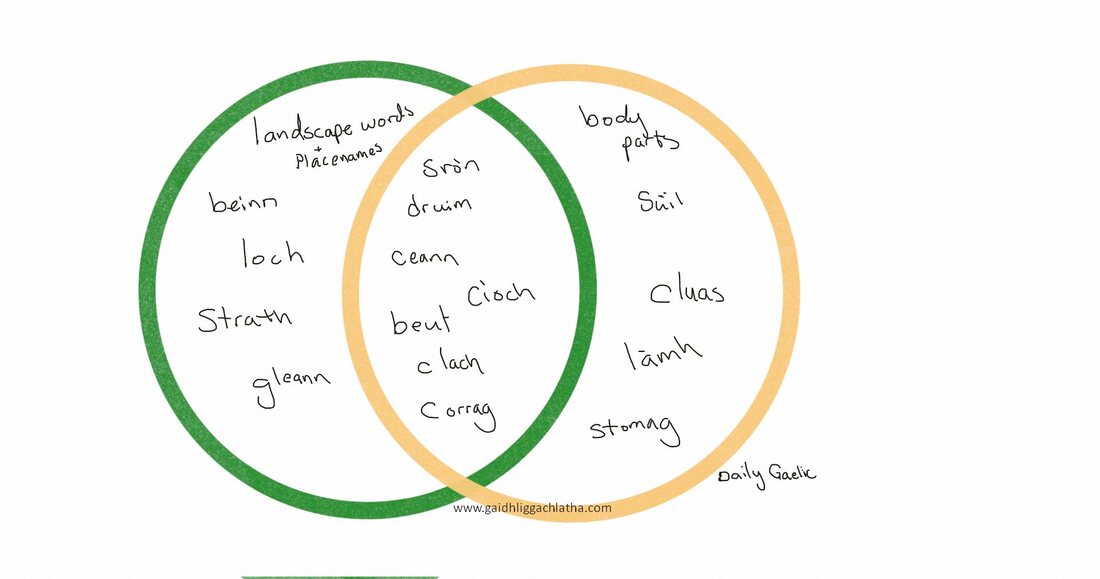
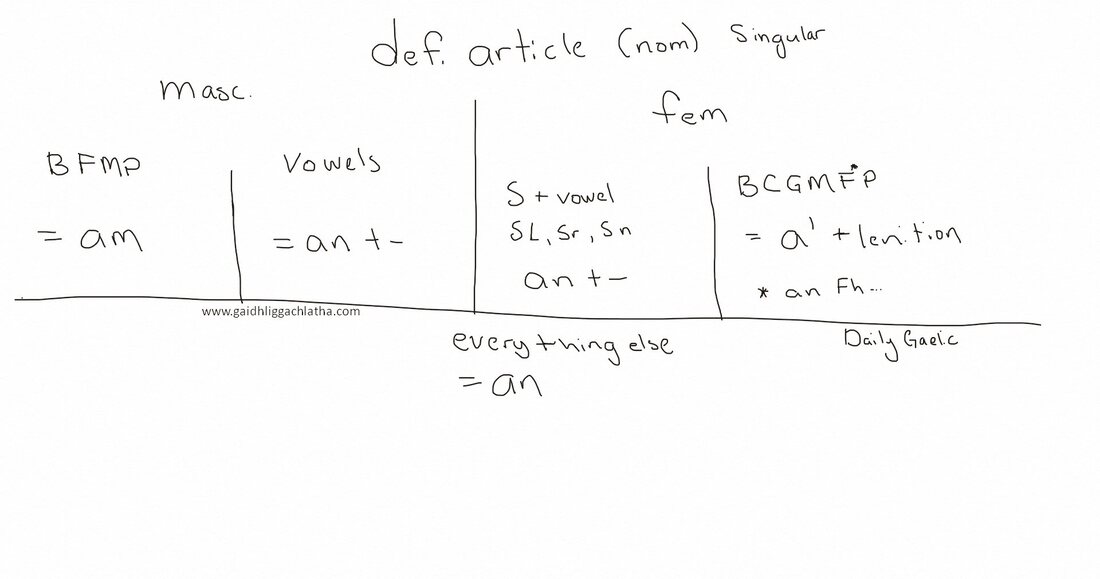
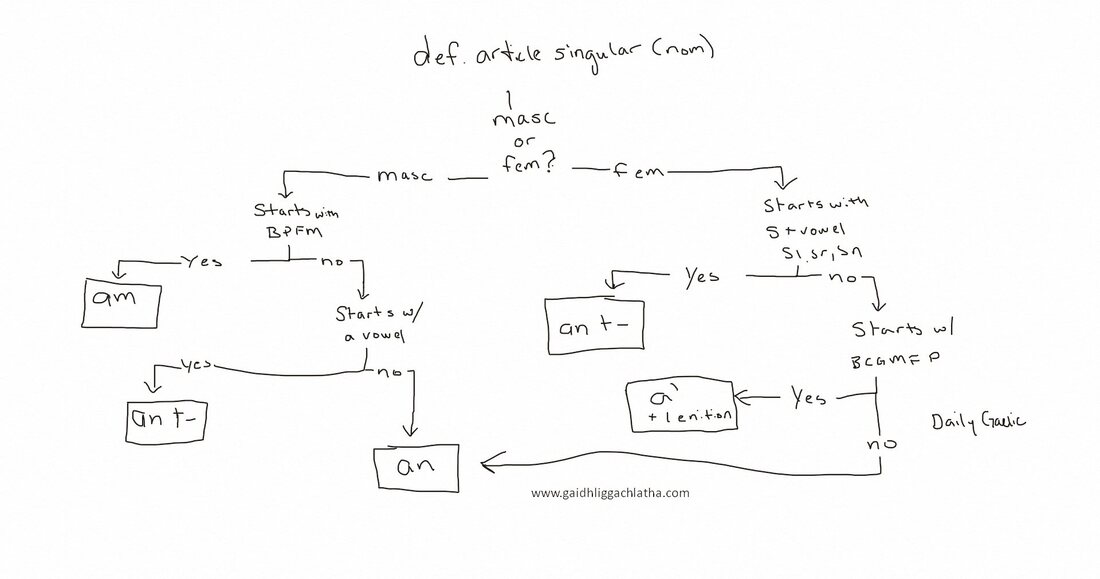
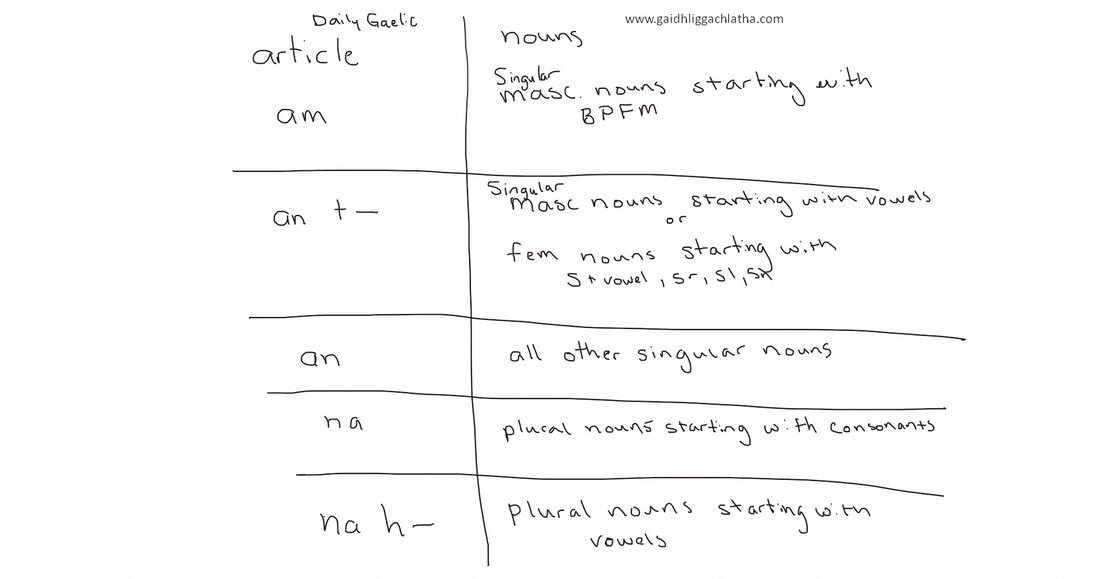


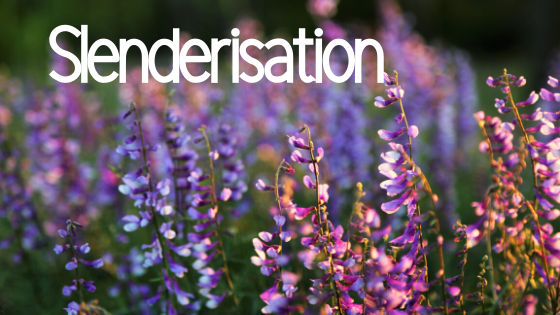
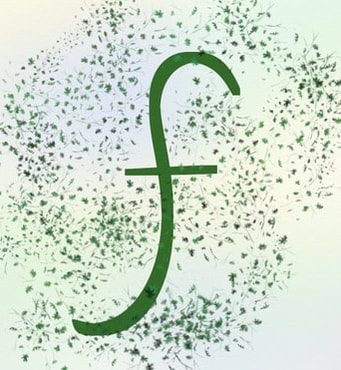
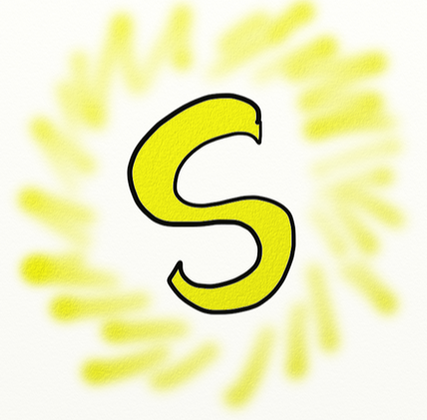
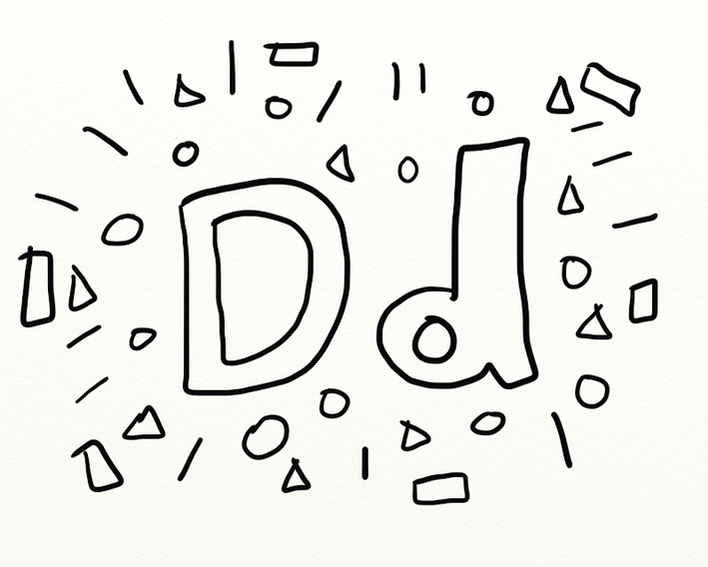
 RSS Feed
RSS Feed